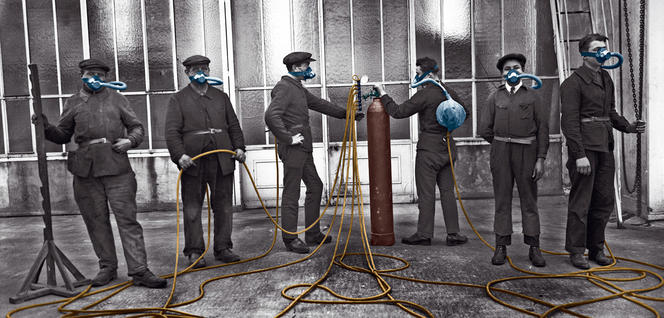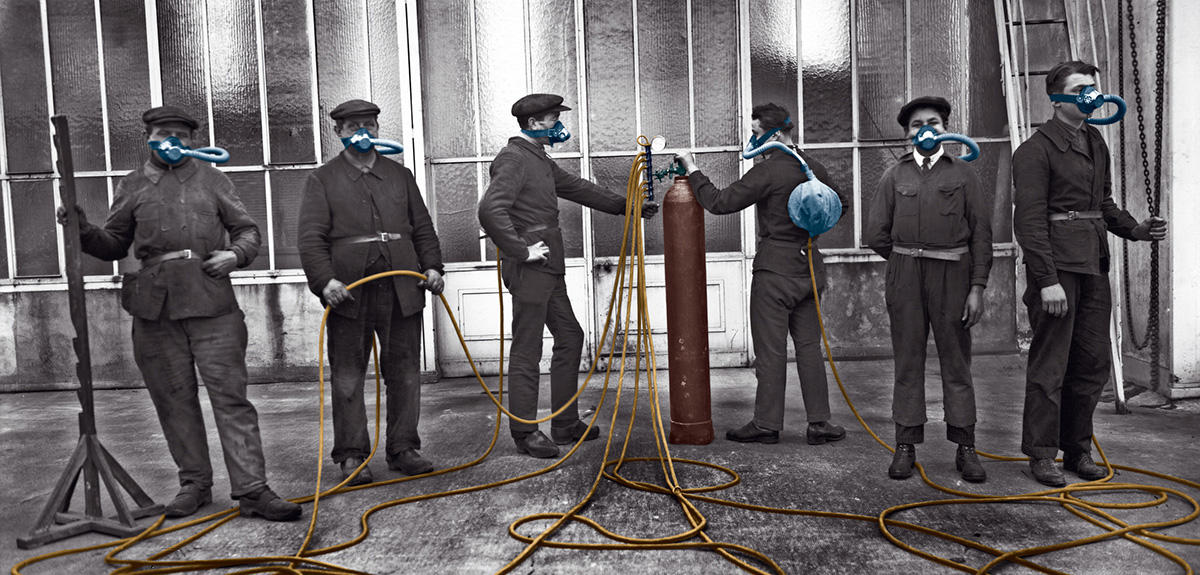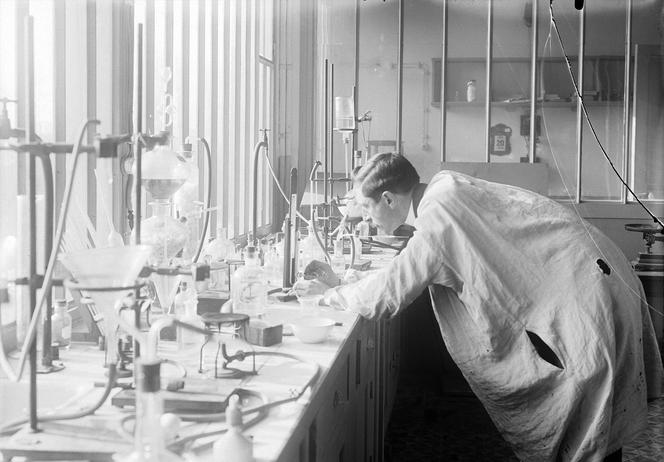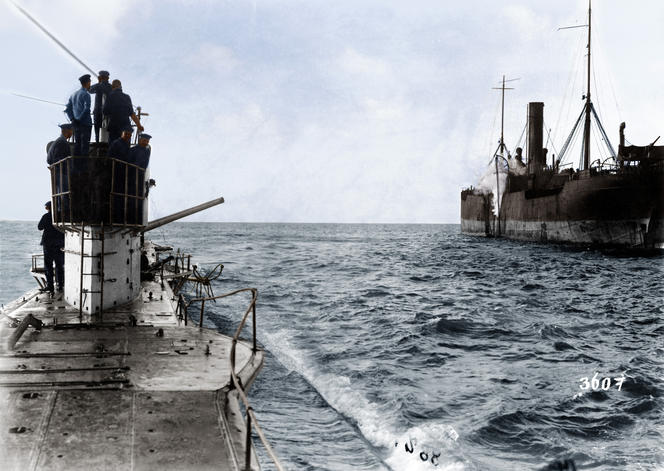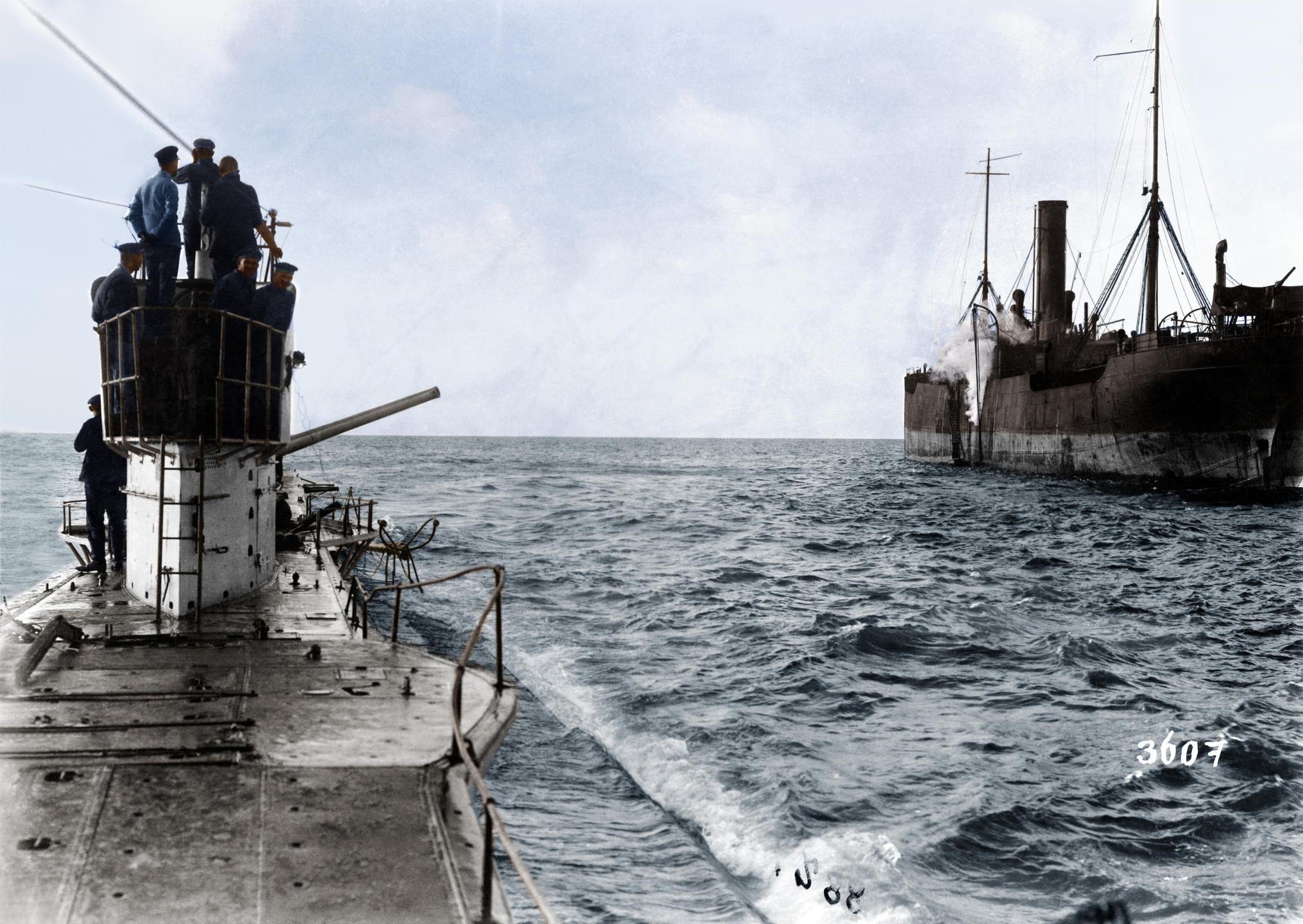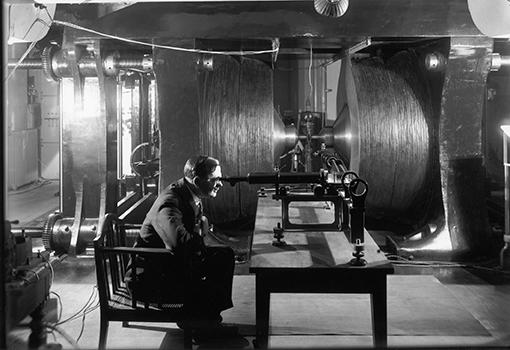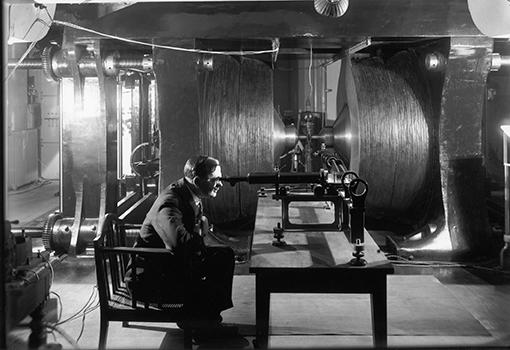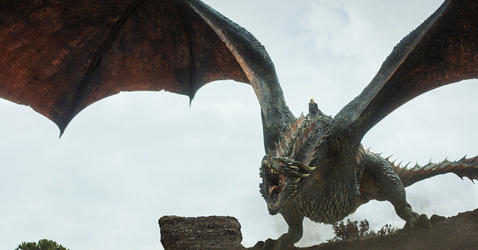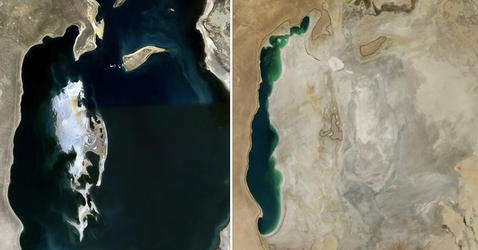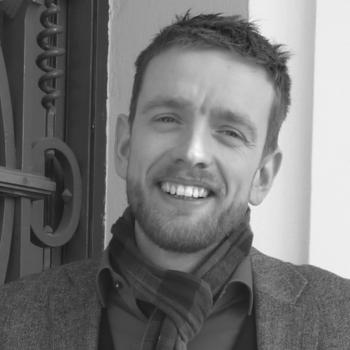You are here
Laboratories at War
It was 6:00 p.m. on April 22, 1915, when tragedy struck Ypres, a small town in southern Belgium. The medic of the French army’s First African Battalion recalls: “The sky was suddenly obscured by a yellow-green cloud, as though a storm was coming in. Then the asphyxiating mist was all around us. It was like looking through green-tinted glasses. We soon started feeling its effects: throat burning, then chest pains, shortness of breath, dizziness, spitting blood. We thought we were all going to die... A few moments later, I saw the Jerries only 15 meters away. They were marching past calmly, their weapons slung over their shoulders, without firing a shot. One of them saw me, took aim—and missed me from that short distance. A stroke of luck!”
“Much science was needed to kill so many”
Few of his comrades had such luck: when the gas cleared, more than 5000 of the 15,000 entrenched French soldiers in that sector lay on the ground and another 5000 were captured. The Ypres gas attack was the first of its kind, but sadly not the last. The trauma was such that it haunted entire generations in France, Germany, and the world, and remains a vivid memory to this day. Like in a dystopian vision, World War I saw scientists join the hostilities. And not just any scientists, but chemists, who left their mark on a conflict that was considered to be “the war to end all wars”—just as physicists would later affect the outcome of World War II. The learned men, who before 1914 were simple dreamers dedicated to selfless studies, came to look like the evil schemers of the new century.
The poet and philosopher Paul Valéry, acknowledging in 1919 the vulnerability of civilization,1 soon turned his thoughts to the scientists: “Doubtless, much science was needed to kill so many, to waste so much property, annihilate so many cities in so short a time.” Well before the outbreak of war, Germany had invested considerable material and human resources in scientific research. The effort was not necessarily in preparation for a war whose sparking off—let alone scale—no one could foresee. Yet certain German scientists were quick to embrace the military cause, as exemplified by Fritz Haber, the “father of chemical warfare” and, in an ironical twist, winner of the 1918 Nobel Prize in Chemistry.
FRENCH SCIENCE ON HOLD
France, meanwhile, lagged behind in this field, to say the least. For decades, a host of scientists of all disciplines, from Ernest Renan and Louis Pasteur in the 1870s to Émile Picard on the very eve of the war, had been denouncing the country’s “backwardness” in the sciences. True enough, French research entered the conflict with no clear objectives or plans. Promising young scientists—like those much courted on the other side of the Rhine—were armed and dispatched to the front lines, often as regular soldiers. Many of them, who could have made precious contributions in the lab, never came back. And it would take French research a long time to recover.
The blood spilt on the shores of the Marne, in the trenches of Verdun or the Somme, was the first contribution of French scientists to the war effort, especially among the young. In the meantime, their elders started organizing scientific participation in the war effort. After the chaos of the first weeks of August 1914, the Ministries of War and Public Instruction convened a “high commission to study inventions of interest to national defense.”
FROM THE BENCH TO THE TRENCH
Despite France’s slow start, laboratories across the country gradually switched to war mode. For example, at the ESPCI,2 Paul Langevin turned his attention to the detection of German submarines. The dreaded U-boats struck terror among the Allied Fleets, whose only defense consisted of a few rudimentary “hydrophones.” By the time these devices captured the noise of a submarine’s engines, the first torpedoes were already in the water. Rather than concentrating on audible frequencies, Langevin proposed to develop an ultrasound detection system using the piezoelectric properties of quartz to convert sound waves into electrical oscillations, which could in turn be amplified using earphones. The original idea for such a device, a forerunner of sonar, predates the start of the war. In the reports that he submitted to the French Navy, Langevin mentioned that research on the process had begun in the wake of another tragedy, which it could perhaps have prevented, namely the sinking of the Titanic on the night of April 14-15, 1912.
Meanwhile, in the physics laboratory of the École Normale, not far from the ESPCI, Aimé Cotton was conducting research on sound ranging to determine the location of enemy artillery. He was joined by Pierre Weiss, a native of Alsace, who was keen to help France reclaim his home region, lost to Germany during the 1870 Franco-Prussian war. Together they developed the ingenious “Cotton-Weiss system.” In 1915, it was tested in the field for the first time in Alsace, to Weiss’s great satisfaction, and enabled the French artillery to engage in effective counter-battery fire. These are just a few of the many contributions that relied on both basic and applied research, the two being inextricably linked. New developments included tracer bullets to shoot down the enemy planes that soared over the battlefields, astonishing pneumatic leaflet-launchers to shower the enemy trenches with the latest gems of Allied propaganda, and clever compressed air “bugles” so that French soldiers no longer needed to strain their ears to distinguish the heroic call to charge from the pathetic refrain of retreat.
Last but not least, the physicist Jean Perrin, founding father of the CNRS, dedicated himself to defending his country. In close collaboration with Paul Painlevé, Minister of Public Instruction and later Minister of War, Perrin supervised France’s scientific mobilization as a member of the new “Directorate of Inventions.” A patriot through and through and a convinced republican—born at the dawn of the Third Republic—Perrin gave up his ideal of a “pure, disinterested research, pursued solely for its intellectual and artistic value,” and began focusing on practical goals. He developed a number of transmission devices, including an amazing “myriaphone” for transmitting targeted sound signals audible under artillery fire. Sound again—as though, amid the cacophony of war, French scientists had been striving to help people hear each other better. Perhaps in the hope that they would one day also understand each other better.
THE PRICE OF BLOOD
What happened next? The war that ended in November 1918 was not a mere incident, easily relegated to the past. It left indelible traces in France and across Europe—including within the scientific community, as in a host of other professional fields. After the Armistice, the losses became even more apparent: in every institute, every lecture hall, seats were left empty. Others were occupied by disabled veterans, their lives forever shattered by their horrific ordeal. By burying so many scientific careers beneath the mud of the trenches, research had not only paid a heavy tribute to the war, it had also mortgaged its future.
Albeit victorious, France emerged severely weakened from the conflict. Beyond the human toll, the country’s entire scientific potential—infrastructure, instruments, equipment—suffered from neglect. Although not a scientist, the writer and politician Maurice Barrès expressed his dismay at the state of France’s laboratories: “Their destitution is unworthy of France, unworthy of science,” he bemoaned in his book Pour la Haute Intelligence Française (published posthumously in 1925). Indeed, many important projects had been suspended or had fallen behind schedule. One of these was the giant electromagnet that Aimé Cotton had already planned to build before 1914 to better understand magnetism and magneto-optics. For lack of resources, it would not be completed until 1928, financed by public subscription—a sort of “electromagnethon” that met with remarkable success in the “Roaring Twenties.”
Lastly, in terms of the overall organization of research, which had so badly been lacking in August 1914, France learned nothing from the war. The only positive outcome was the Directorate of Inventions, created after the first shots had been fired and later converted into the national office for scientific and industrial research and inventions.3 Plagued in turn by a chronic lack of funding, constantly left hanging by a thread despite its initiatives and accomplishments, the agency entered a slow decline in the late 1920s. Meanwhile, Jean Perrin remained fiercely determined to establish a nationwide scientific coordination system. But it would take another ten years and a new world conflict for his plan to come to fruition: on October 19, 1939, six weeks after France joined the war against the Third Reich, the CNRS saw the light of day.
More on the same topic:
WWI: Origins of a Conflict
Legacy of World War I
The analysis, views and opinions expressed in this section are those of the authors and do not necessarily reflect the position or policies of the CNRS.


